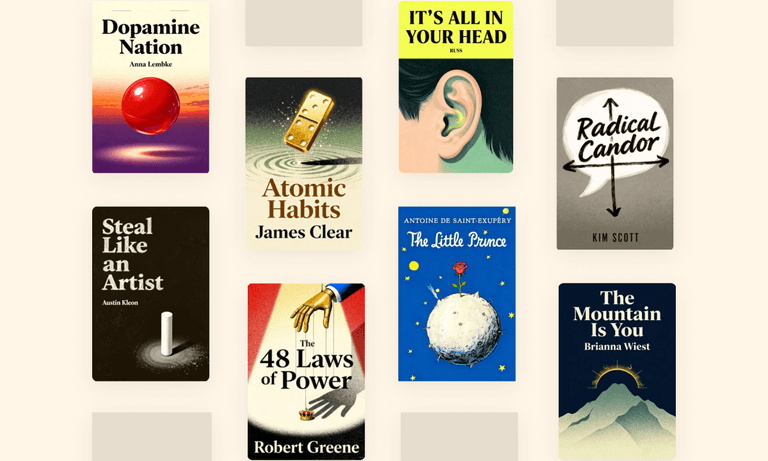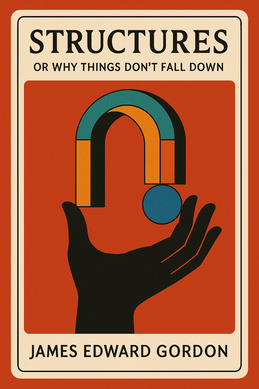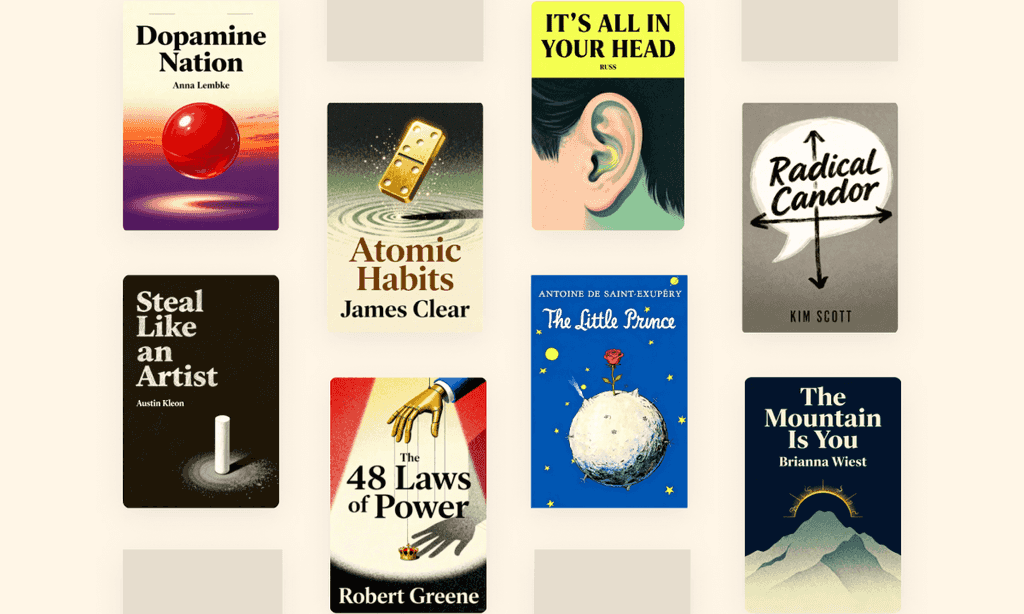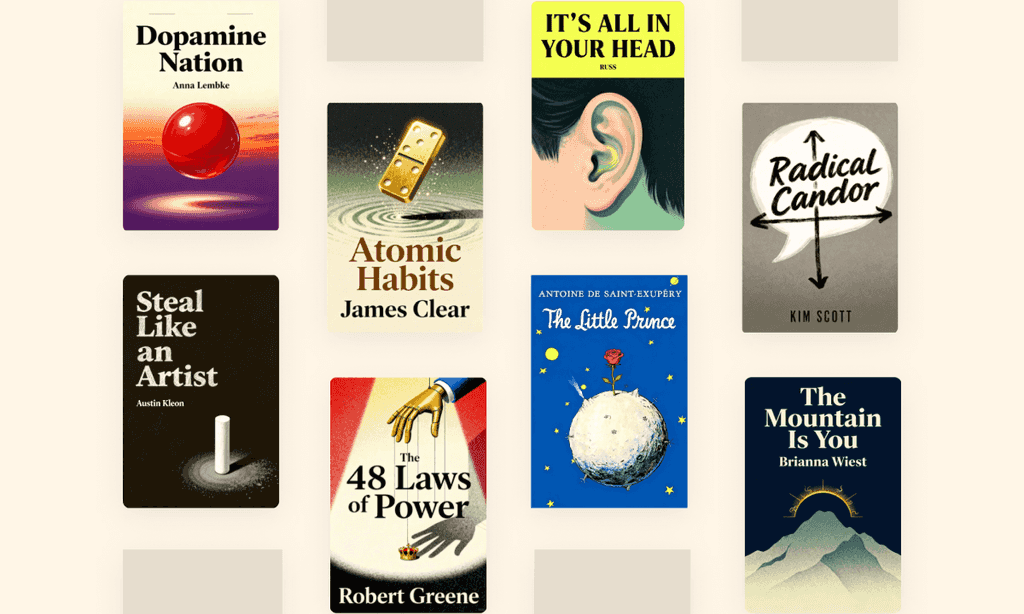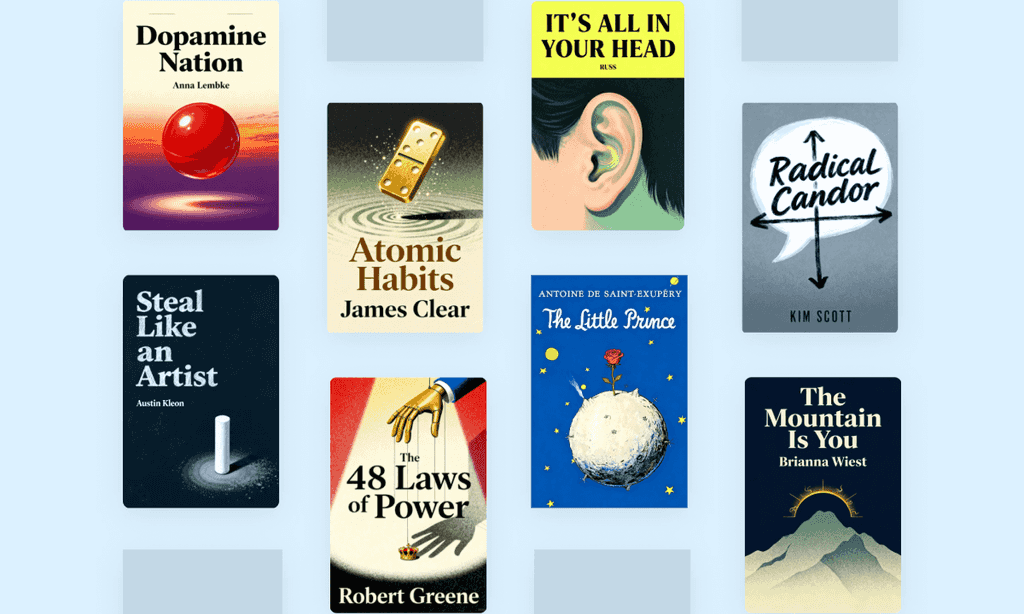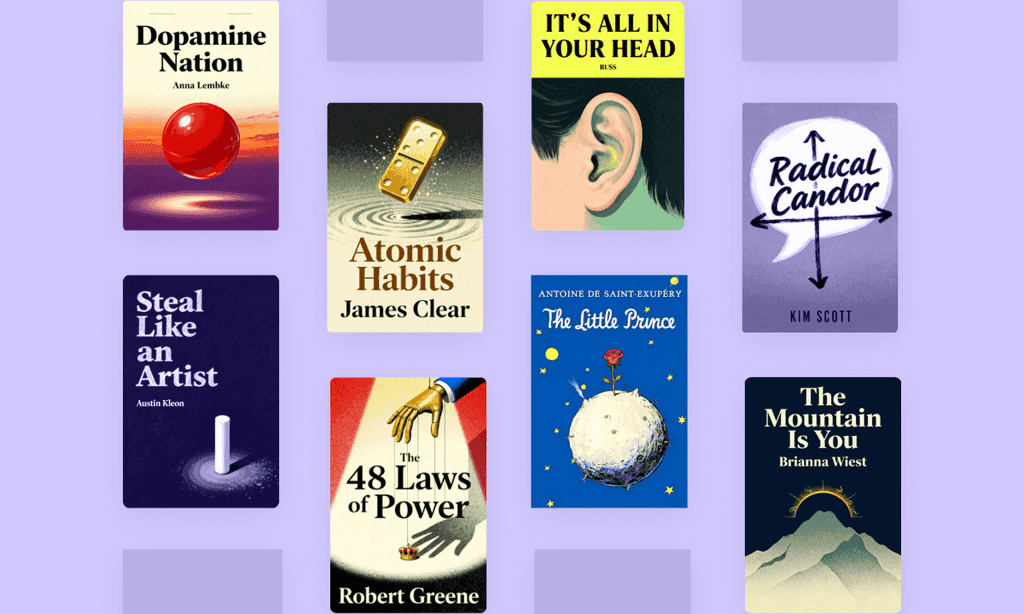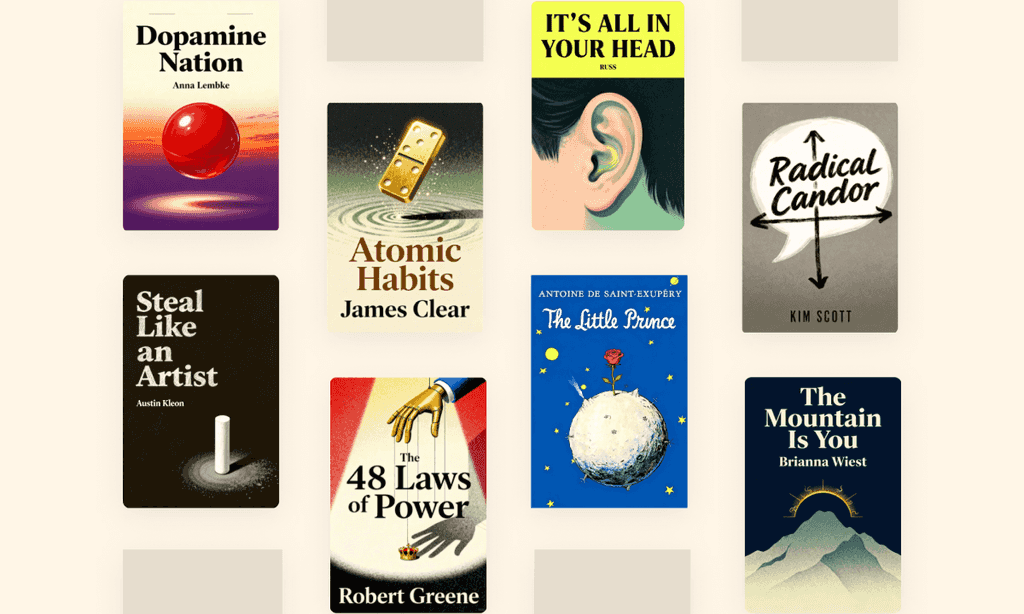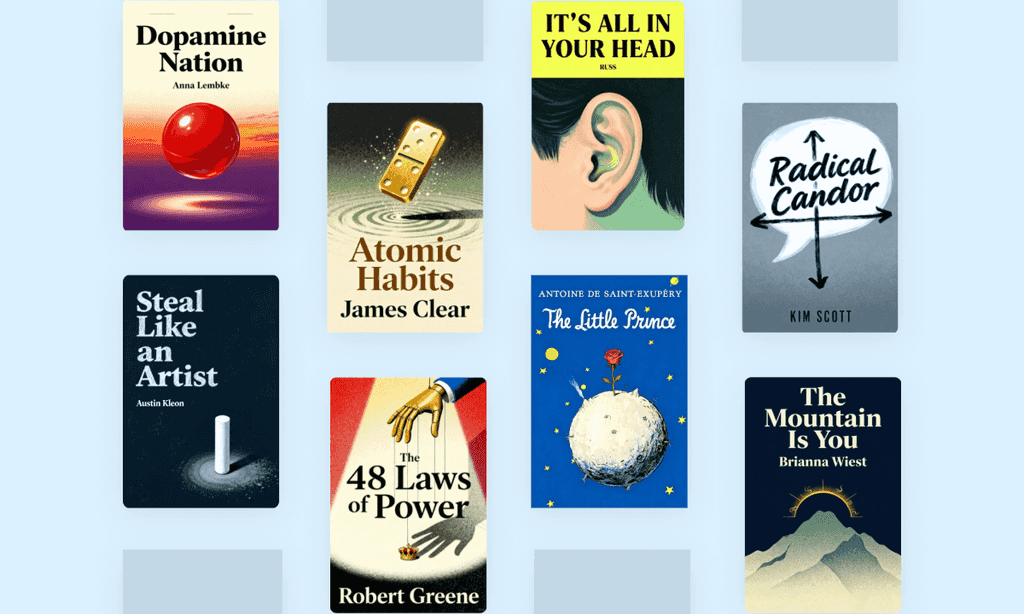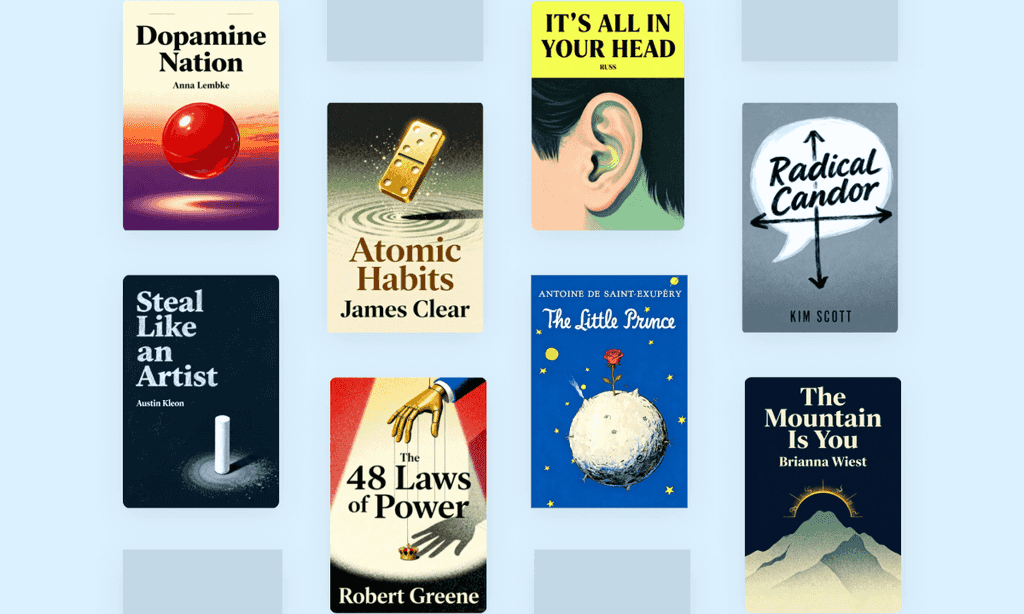Zero to One by Peter Thiel
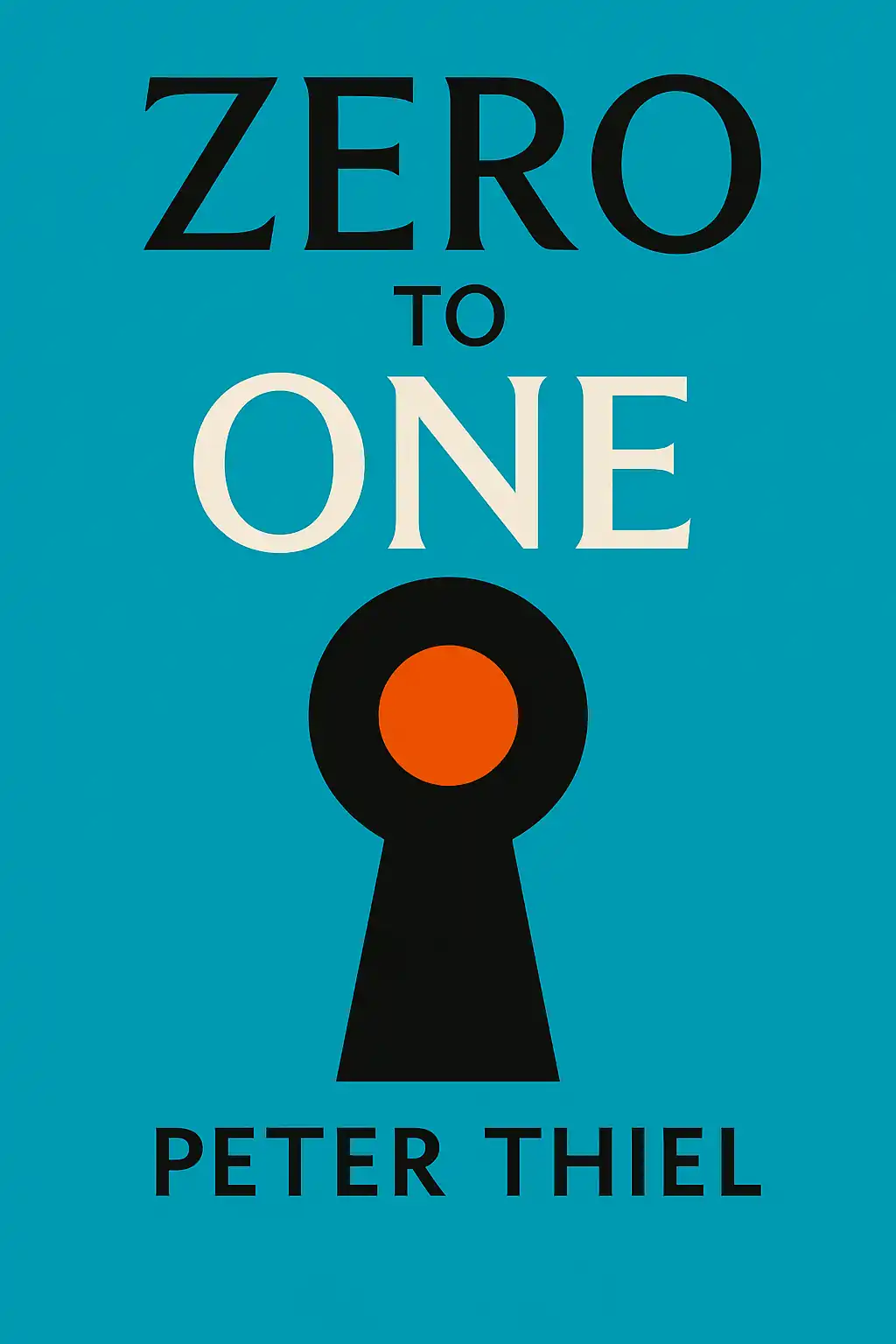
Overview of Zero to One
"Zero to One" reveals why creating something new trumps copying what works. Elon Musk and Mark Zuckerberg swear by Thiel's contrarian wisdom that monopolies - not competition - drive progress. What counterintuitive truth about innovation could transform your venture from ordinary to legendary?
About its author - Peter Thiel
Peter Andreas Thiel, the acclaimed entrepreneur and venture capitalist, is the bestselling author of Zero to One: Notes on Startups, or How to Build the Future.
A German-born American innovator, Thiel co-founded PayPal and Palantir Technologies, revolutionizing digital payments and data analytics.
His book, a seminal work in business strategy, argues that true innovation stems from creating monopolies through unique solutions rather than competing in crowded markets. Thiel’s contrarian philosophy, shaped by his Stanford philosophy background and early investments in Facebook, challenges conventional tech industry wisdom.
As a partner at Founders Fund, he has fueled groundbreaking companies like Airbnb and SpaceX. Zero to One became a New York Times bestseller and remains essential reading in MBA programs and Silicon Valley boardrooms, praised for its bold insights into entrepreneurship and technological progress.
Key Takeaways of Zero to One
- Peter Thiel defines "zero to one" as creating radical monopolies through vertical innovation, not incremental progress.
- Startups should prioritize monopoly-building over competition by solving unique problems in uncontested markets.
- Definite optimists shape the future through bold tech innovation rather than copying existing solutions.
- Founding teams with aligned vision and complementary skills create unstoppable monopolies faster than solo founders.
- Last mover advantage beats first mover by perfecting game-changing technology before scaling globally.
- Sales strategy matters as much as product innovation for dominating niche markets early.
- Proprietary technology should be 10x better than alternatives to achieve unassailable market leadership.
- Vertical progress transforms industries through secret insights most entrepreneurs consider impossible or irrelevant.
- Successful startups combine contrarian truth-seeking with long-term vision to build trillion-dollar companies.
- Globalization without innovation creates empty scale while technology drives meaningful economic progress.
- "Competition is for losers" – market domination beats crowded rivalry for sustainable startup success.
- Founder paradox: Embrace unconventional thinking to create monopolies that benefit society through unprecedented value.
